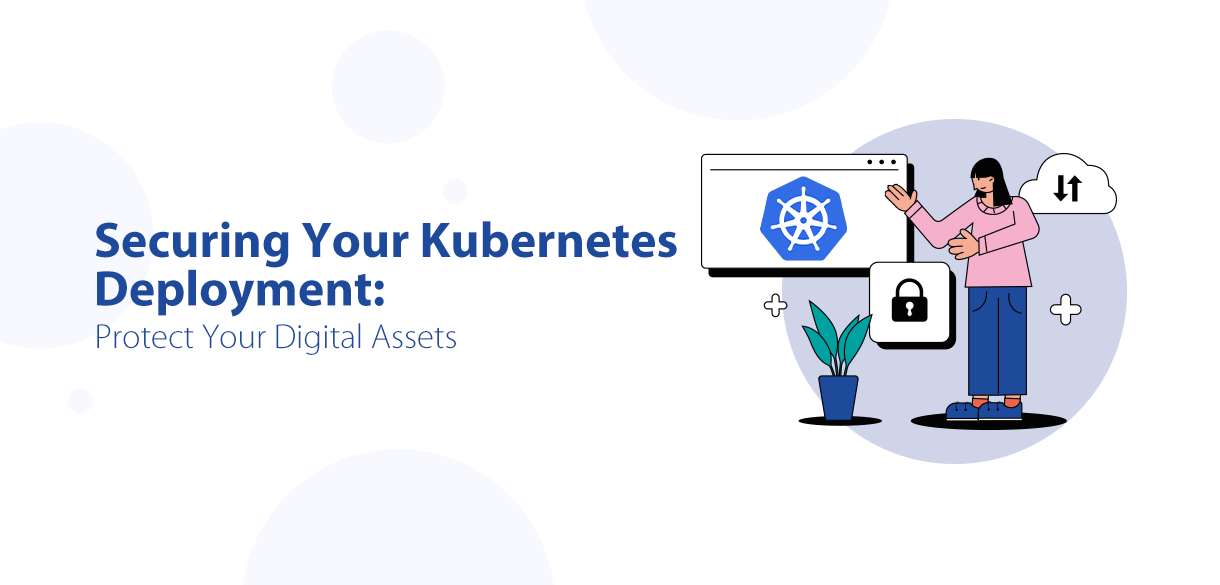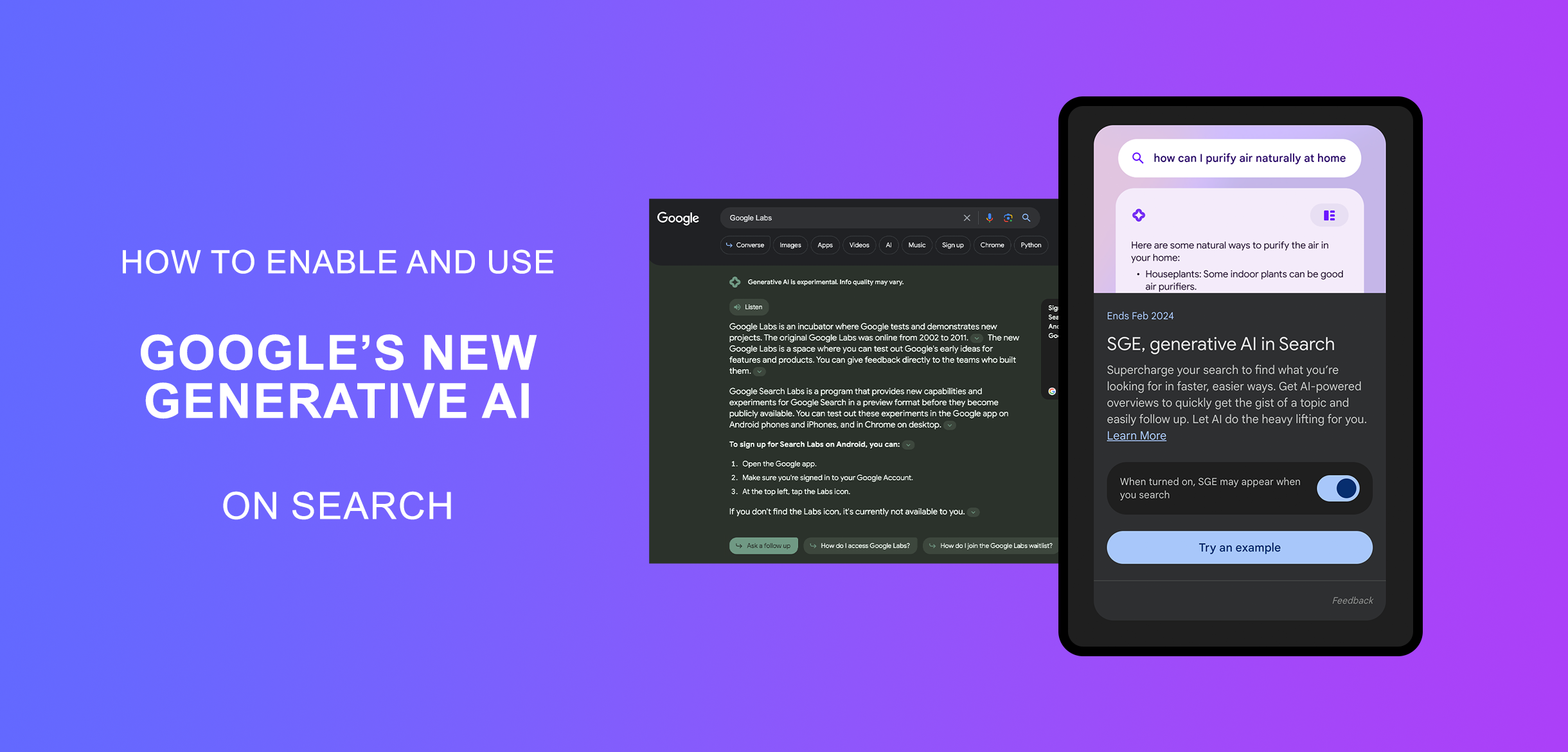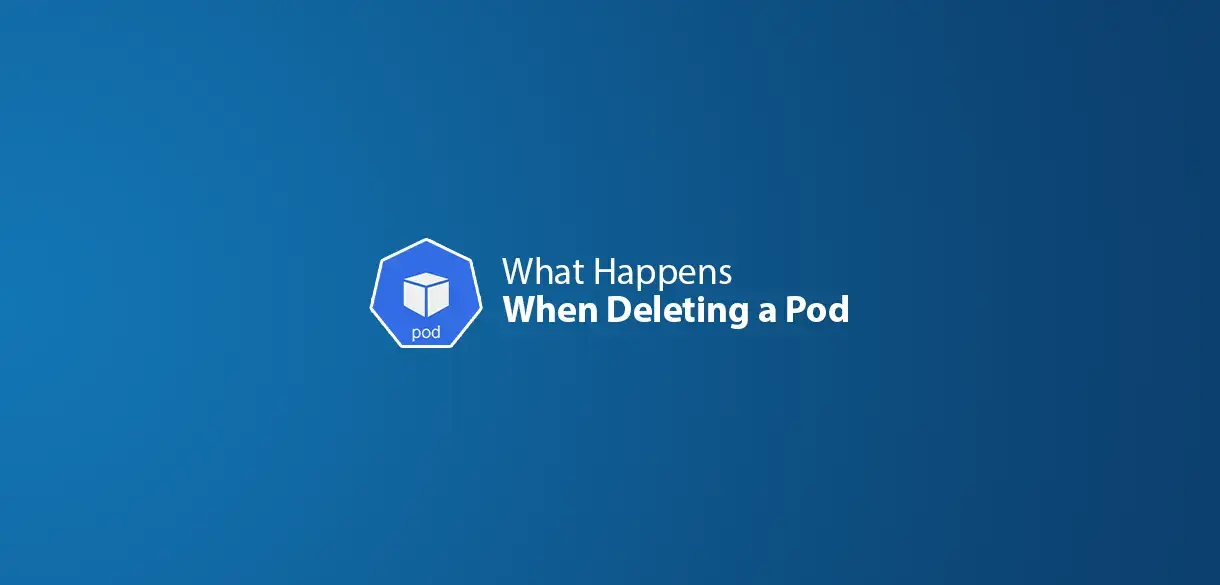Kubernetes, often referred to as K8s, is one of the most powerful container orchestration platforms available today. While it's a favorite among DevOps professionals, the internal architecture can be a bit daunting for beginners. To make things easier, let’s break down the Kubernetes architecture in a simplified way.
1. KUBECTL – Your Command-Line Companion
kubectl is the command-line tool that lets you communicate with your Kubernetes cluster. Whether you're deploying apps, inspecting resources, or managing configurations — kubectl is your go-to.
In simple terms: It’s how you talk to Kubernetes.
2. API Server – The Cluster's Brain
The API server is the central management entity that receives REST commands (like those sent by kubectl) and processes them. It handles all communication within the cluster and serves as the gateway.
In simple terms: The brain that handles all requests.
3. Controller Manager – The Cluster Balancer
The Controller Manager ensures that the desired state of the cluster matches the current state. If a node goes down or a replica is missing, it takes action to fix that.
In simple terms: Adjusts cluster resources as needed.
4. Scheduler – The Matchmaker
When you deploy a new application, the Scheduler decides which node is the best fit to run that workload based on resources and policies.
In simple terms: Finds the best spot for workloads.
5. Kubelet – The Worker Node Agent
Each node in the Kubernetes cluster runs a kubelet. It ensures that containers are running in a Pod as expected. It communicates with the API server and executes instructions.
In simple terms: Runs workloads on each machine.
6. ETCD – The Memory Keeper
etcd is a consistent and highly-available key-value store used as Kubernetes' backing store for all cluster data. Think of it like a database for your cluster state.
In simple terms: Remembers everything about the cluster.
7. Kube Proxy – The Traffic Director
Kube Proxy handles the networking part. It routes traffic to the appropriate container, ensuring communication flows properly between pods and services.
In simple terms: Directs traffic to the right workloads.
8. POD – The Smallest Unit
A Pod is the smallest deployable unit in Kubernetes. It can host one or more containers that share storage, network, and a specification for how to run the containers.
In simple terms: Where workloads actually run.
9. Container Runtime – The Engine Room
The container runtime (like Docker, containerd, etc.) is what actually runs your containers. Kubernetes interacts with this to launch and manage your containerized applications.
In simple terms: Runs the apps inside workloads.
Final Thoughts
Understanding Kubernetes architecture doesn’t have to be rocket science. With each component playing a specific role — from managing requests and scheduling tasks to running and monitoring applications — Kubernetes provides a robust system to scale and manage containerized workloads efficiently.
Whether you're a beginner or brushing up on your concepts, keep this simplified explanation handy. It’s your quick-reference guide to what’s happening under the hood in a Kubernetes cluster!



